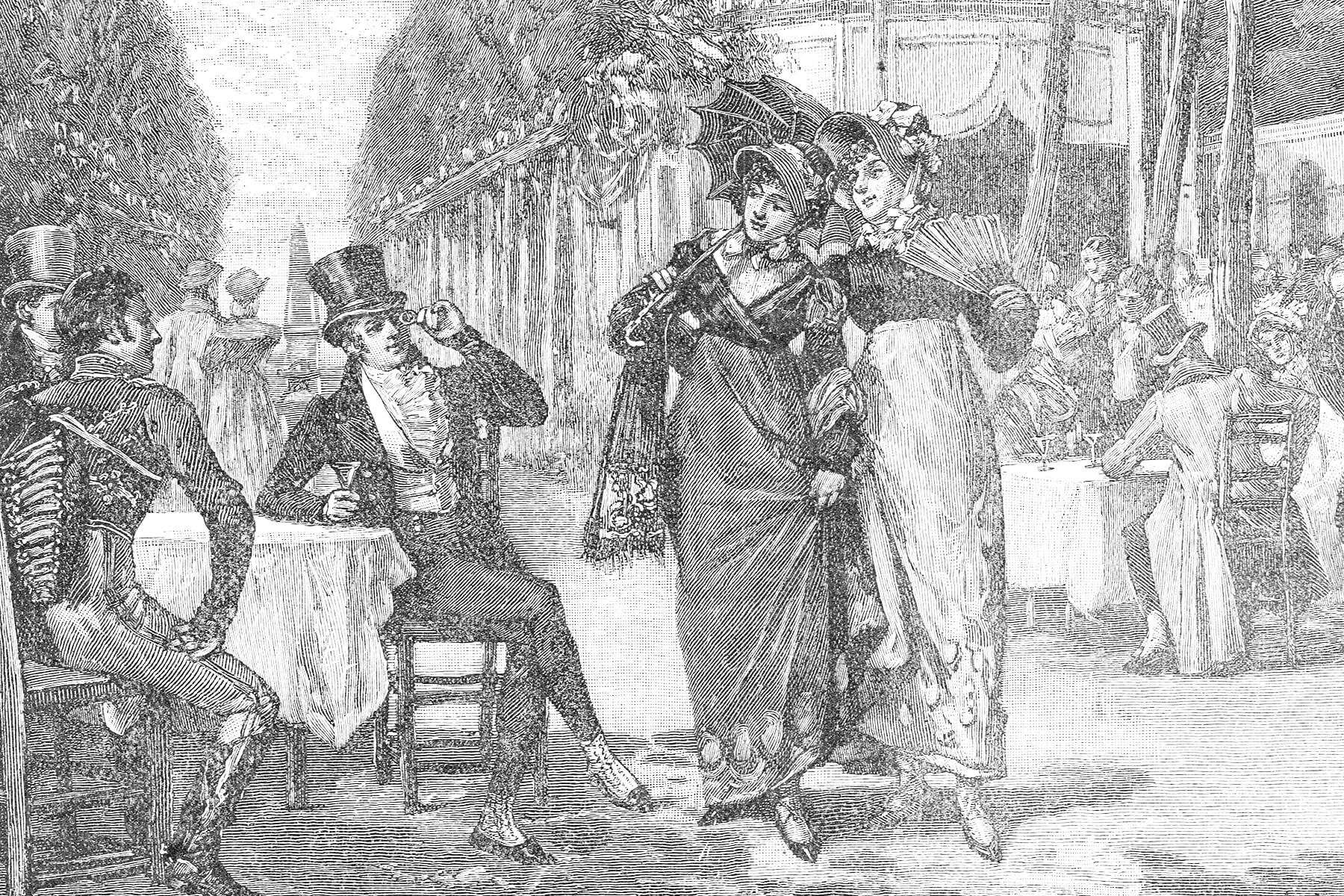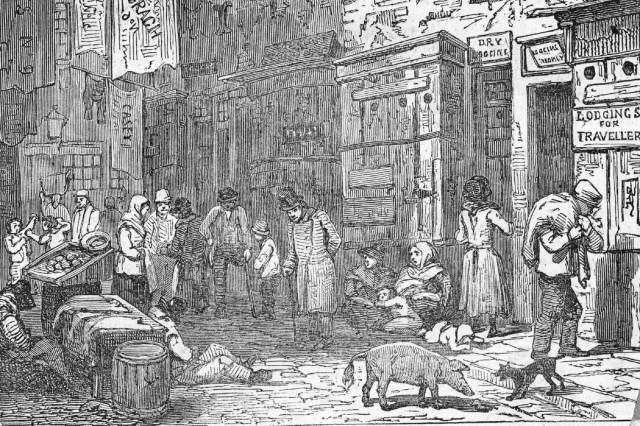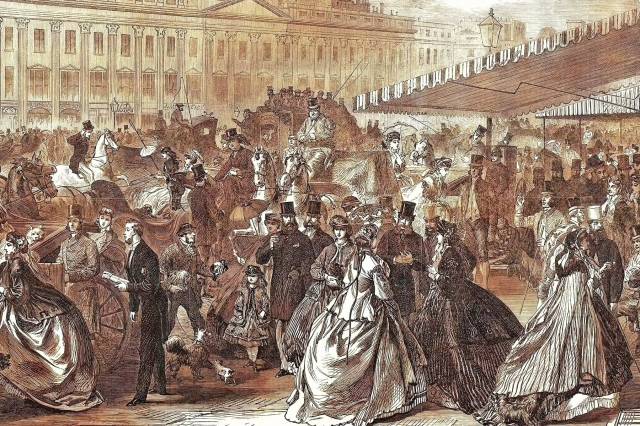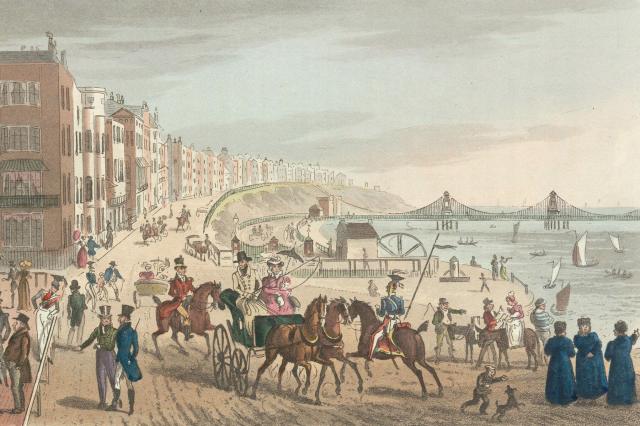What Life Was Really Like in Regency-Era England
England’s Regency era was one of its most defining. During this time, Jane Austen published her first novels, bare-knuckle boxing was a favorite pastime, and young women carried around tiny portraits of the poet Lord Byron — the original teen heartthrob. The period, which spanned just nine years from 1811 to 1820, is named for its ruler, George Augustus Frederick, Prince of Wales (later King George IV), who was declared prince regent on February 5, 1811. The prince served as regent due to the illness of his father, George III (often referred to as the “Mad King”), before ascending to the throne in 1820 upon the king’s death.
The Regency era is undeniably popular in television and film, but contrary to what is portrayed in the hit Netflix series Bridgerton, life in England during this period went beyond the gossip of the “ton” (the British aristocracy), budding romances, and ornate ballroom parties. The period saw a flourishing of arts and literature and the start of the Industrial Revolution, all while being rocked by the Napoleonic Wars and the aftermath of American independence and the French Revolution. It was a time of great social strife, political changes, war, and technological advancements that permanently altered British society. Here is a snapshot of what life was like during the Regency era.
England Was Perpetually at War
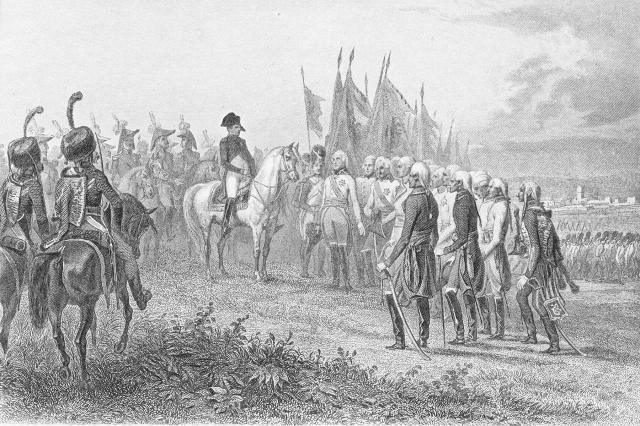
England was embroiled in two major conflicts during the prince regent’s rule. The Napoleonic Wars began in 1799, and although the Duke of Wellington’s Anglo-Allied army ended Napoleon’s reign in June 1815 at the Battle of Waterloo, the British government had spent nearly £1.7 billion on the war effort (roughly $230 billion today) — an expense mainly shouldered by the British taxpayers. At the same time, England was at war with the newly independent United States yet again over maritime rights in the War of 1812. Along with taking a monetary toll on citizens, the war called many young men into battle. By the end of the Regency era, the British army grew to six times its previous size, to around 250,000 soldiers.





